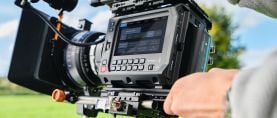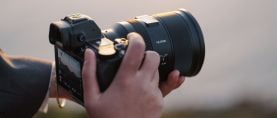
Exploring Spatial Reality at Ayzenburg
Modern multimedia artists examine the future of XR, AR and VR in this eye-catching show.
Modern multimedia artists examine the future of XR, AR and VR in this eye-catching show.
As filmmaking and multimedia disciplines continue to blend, dimensions are blurring even further thanks to such ultra-modern digital technologies as 3-D printers that can take snippets of 2-D design — even film, animations and video — and translate them to the real world. Jesse Damiani, Editor-at-Large for the VRScout, and CEO of Galatea, a screenwriting and project management tool designed for the interactive and immersive aspects of VR and AR stories, aimed to present the largest virtual reality, augmented reality, and mixed reality art show, “Spatial Reality: Artists Explore the Future of XR,” ever produced.
Presented in the sp[a]ce gallery at the Ayzenberg Group facility, located in Pasadena, Calif., the month-long show brought together several examples of the possibiliites this last October. The exhibit collected more than 20 artists working with the almost purposefully agnostic media formats of XR, including Kevin Mack, Wesley Allsbrook, Nancy Baker Cahill, Bill Barminski, Isaac “Cabbibo” Cohen, Jorge R. Gutierrez, Drew Kataoka, Steve Teeps, John Orion Young and more.

“Skull Flowers is a series of moving and still images,” says the placard for the Trudy Elmore collection of canvas prints situated next to a 3D sculpt created from the same 3-D digital creation that can also be seen in a 2-D video. “The subject matter features two snakes wrapped around a skull, referencing outsider art and classic Americana — from tattoo culture to vintage floral motifs. The slick CG surface of the serpents and skull is subverted by the familiar floral patters of our grandma’s bed sheets which roll across the 3d model’s surface, generating an uncanny yet hypnotic effect. This body of work was created using 3-D software and advanced rendering techiques.”
“XR — a spectrum of ‘extended’ reality that includes virtual reality (VR), augmented reality (AR), and mixed reality (MR) — takes the virtual world to new dimensions,” explains Damiani via press release. “After a half-century of computing in 2-D, we are suddenly adding in the full expression of our bodies and our understanding of space. The work in this exhibition is unlike anything you’ve encountered, and it’s a sneak peek of the reality you’ll soon inhabit on a daily basis.”
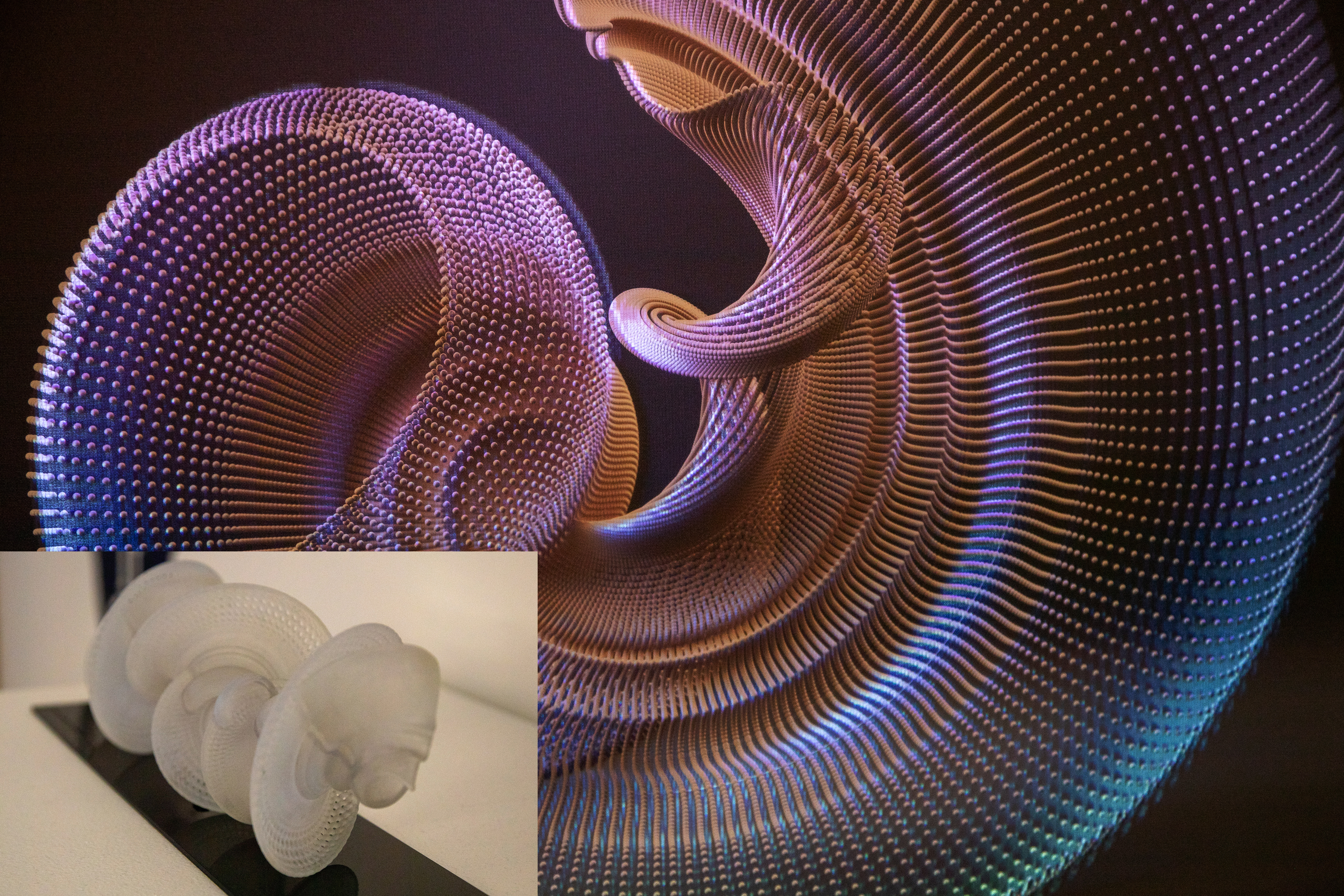
“This is actually one permutation from one very long code, which could technically go on forever,” he said during a press preview, pointing to a resin sculpture that had been pulled like a 3D still from a 2D “print” of a sequence that continually changed color on canvas, not an LCD screen, thanks to highly meticulous projection mapping.
The sculpt by Turkish visual artist and director Can Büyükberber was prepared specially for the exhibit at the Autodesk innovation lab. Autodesk are the heads behind powerful VR, 3-D animation, visual effects and rendering tools for filmmaking and multimedia entertainment like 3ds Max, Maya and Flame.
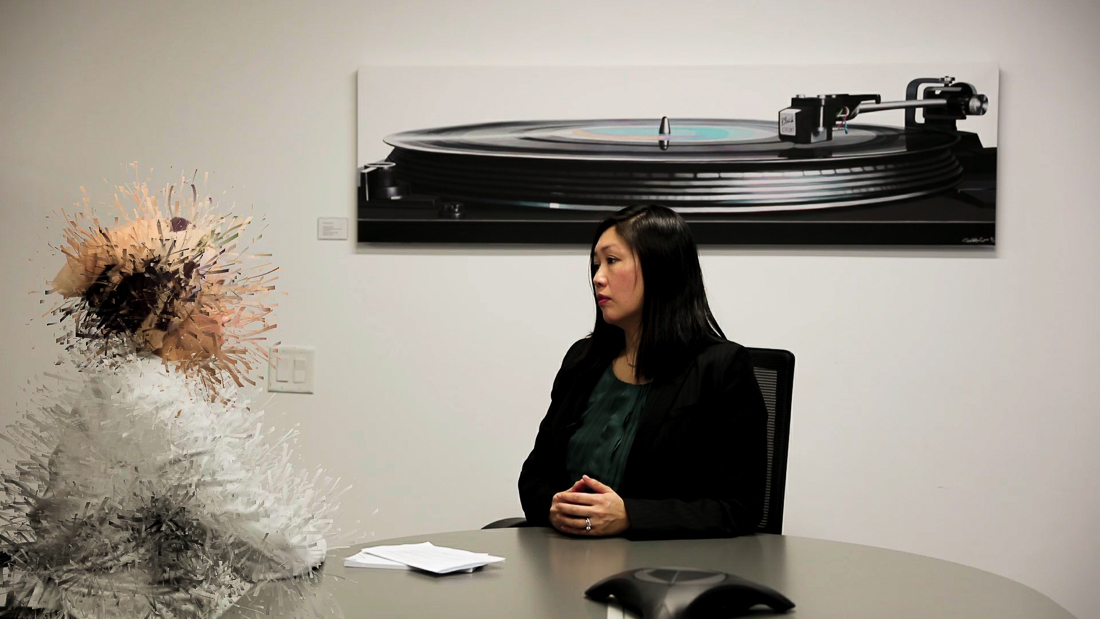
Büyükberber’s intent is to create audiovisual experiences that can be “embodied in physical and digital spaces,” including large-scale projection maps and geodesic displays designed to blur scale and therefore human perception. An artist named Sutu, also known as Sutu Eats Flies, works with applications to unlock hidden content and interactive elements. Sutu is the co-developer of an AR application called Eyejack that paired through an iPad with his digital panoramic print.

“There are 10 different [AR app] triggers inside of this,” continued Damiani, referencing Sutu’s 2-D canvas print. “This is called Machines of Progress and each one of these different triggers is sort of a different explanation of how “we” are progressing, ourselves. Body augmentation, homography, augmented reality and so on.”
With Android apps also available from the Google store, there were several apps directly downloadable through QR codes to use these kinds of “AR Prints” with Apple devices like iPads or smartphones. HMD sets were available to experience the more traditional VR experiences available throughout the exhibit.
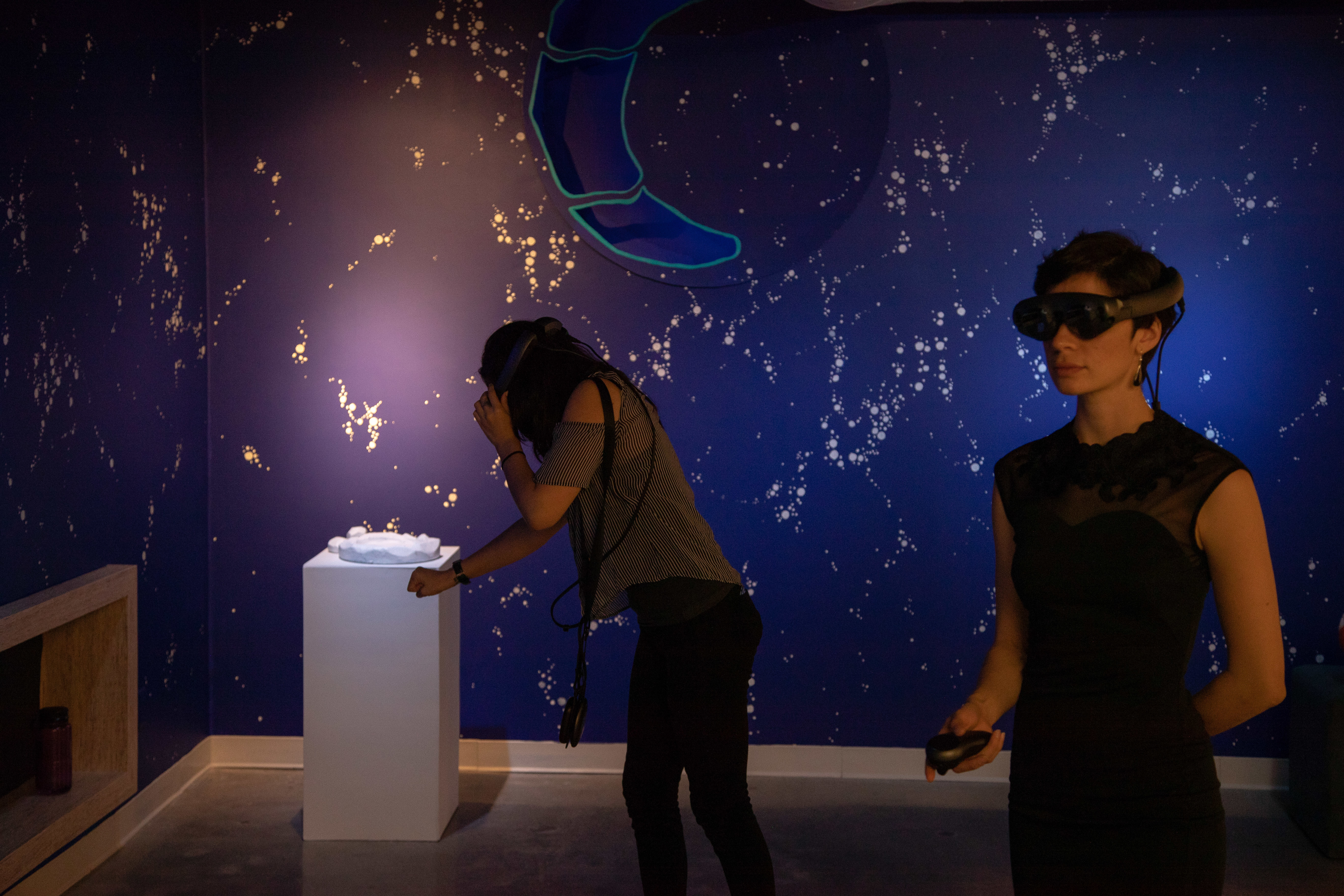
XR, referring to “extended” reality, encompasses the well known VR and 360 video, as well as AR, augmented reality, which embrace other elements such as laser and digital projections or digital device technologies to enhance and build on traditional, stereoscopic virtual reality.
3-D prints at the show were also performed through hand sculpts that could be performed directly in software, or through virtual reality handsets like Google Tilt Brush or Oculus Medium, immersive VR experiences that lets you sculpt, model, paint, and create tangible objects in a VR environment using the Oculus Touch controllers.

Wesley Allsbrook, who often spends more time in VR headsets than awake, had a diorama giving a modern take on the antiquated 2-D stereopticon sets of the turn of the previous century. The Cosmogramma project, created with the Tilt Brush, was an ever shifting landscape painting that would map to your perspective, creating an interpretive effect as if walking in the woods.
Windows Mixed Reality, HTC Vive and Oculus Rift are the main XR platforms for home enjoyment. The Microsoft HoloLens, also capable of VR material, is the only AR HMD on the market. The wired $499 Vive VR first-person headset that will work in up to a 15' x 15' scale stage. Increasing dimensions to 20' x 20', the wireless $799 Vive Pro VR HMD will be available soon.
Both are capable of wireless movements through an optional adapter. SteamVR Tracking will, and there is a Chaperone warning system and base stations for safety boundaries. Vive’s subscription based VIVEPORT has more than 2,000 compatible entertainment and gaming titles, also available for sale and download, including Doom VFR and Rick and Morty: Virtual Rick-ality.
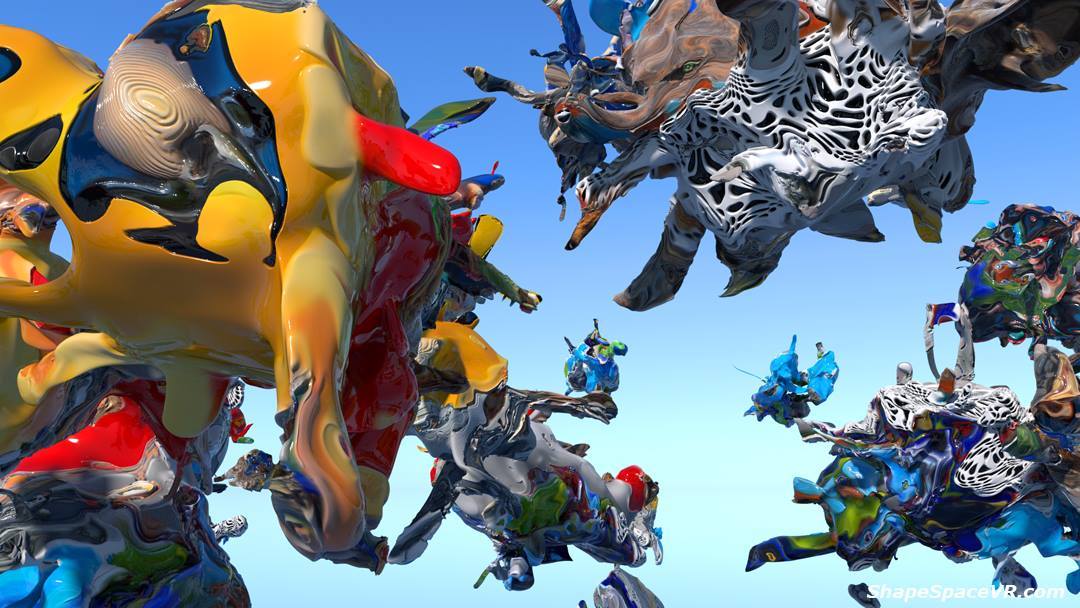
Announced at Oculus Connect 5 in San Jose at $399, the new Oculus Quest is slated for availability in the spring to compete as a walkaround system. The Vader Immortal: A Star Wars VR Series title from Lucasfilm’s ILMxLAB, the same behind the Oscar-winning VR installation CARNE y ARENA, directed by Alejandro G. Iñárritu. It will be the first of a three-part series to take place between Star Wars — Episode III: Revenge of the Sith and Rogue One: A Star Wars Story and will be released for the platform concurrently.
In the meantime, their Oculist Rift and Touch controller for PCs and the Oculus Go mobile VR experience, which uses smartphones and the Samsung Gear VR controller for mobiles, are both available. They’re compatible with gaming engines like Unity, integrated with Oculus, and the free-to-use (but not export) Unreal Engine 4, oriented towards PCs and mobile devices. (Plugins work cross-platform.)

In July, NVIDIA, Oculus, Valve, AMD and Microsoft introduced the VirtualLink specification to enable backward USB-C compatibilty with enough single-cable bandwidth to support HMD sets and PCs or even notebooks and laptops. Based on the DisplayPort format, it will run one cable for four HBR3 DisplayPort lanes to support high-resolution displays, a USB3.1 data channel for high-resolution cameras and sensors, and up to 27 watts of power.
Located at 39 E. Walnut St, Pasadena, CA 91103, sp[a]ce is a Kunsthalle project to showcase a progressive international environment created by Corsini Stark Architects. “Complemented by a vision of architecture that reflects a seamless integration of building and site,” sp[a]ce is open on Saturdays and Sundays from 12–6pm.
Stay up to date with American Cinematographer on Facebook, Instagram and Twitter.


